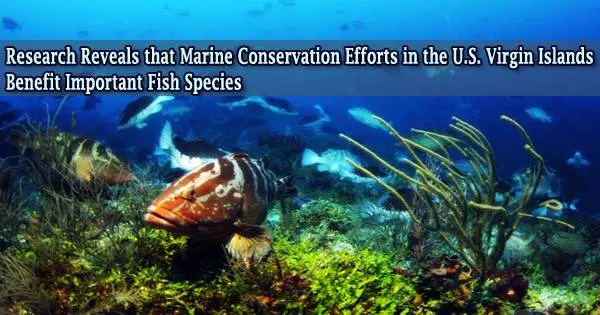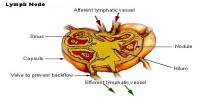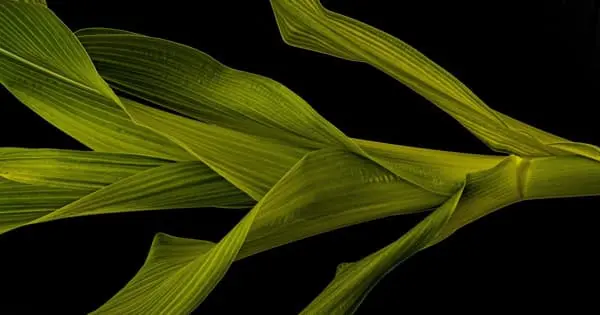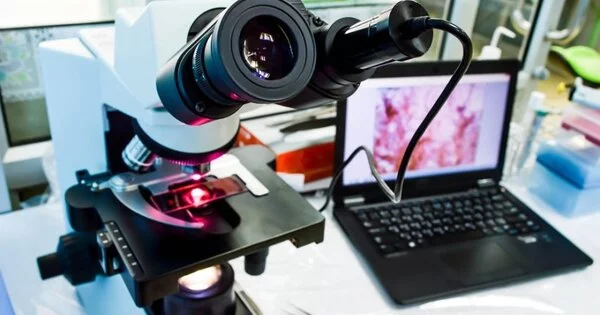A recent Oregon State University study indicated that a more than 30-year marine conservation effort in the U.S. Virgin Islands assisted in the recovery of a fish species important in commercial, recreational, and subsistence fisheries.
The Caribbean grouper species known as the red hind has historically been subjected to heavy fishing pressure, which prompted managers to impose increasingly stringent fishing limits in the U.S. Virgin Islands.
Researchers from Oregon State and the University of the Virgin Islands found that fishing restrictions at the site they studied contributed to a more than 35% increase in average fish size and the recovery of the population to a benchmark considered sustainable for many fish species. Their findings were recently published in Frontiers in Marine Science.
“This is a management and conservation success,” said Claire Rosemond, an Oregon State doctoral student and lead author of the study. “The recovery of the red hind population at the spawning aggregation tracks management decisions, so it appears that fishing restrictions are helping to accomplish the intended goal of recovering the red hind population and fishery.”
More than 200 marine fish species, including red hind, reproduce by gathering in spawning aggregations at particular times and places. These aggregations are vulnerable to heavy fishing pressure because of how predictable these large spawning events are.
This is a management and conservation success. The recovery of the red hind population at the spawning aggregation tracks management decisions, so it appears that fishing restrictions are helping to accomplish the intended goal of recovering the red hind population and fishery.
Claire Rosemond
Numerous fish spawning aggregations have been identified and fished for decades in the Caribbean. This has caused the population of several significant species to fall, notably the red hind, a crucial source of money and food for the local inhabitants.
By the late 1980s, fishing had disproportionately removed the larger males from the red hind population at a spawning site near St. Thomas, U.S. Virgin Islands, resulting in a fall in average fish length and a highly skewed ratio of females to males.
Fishing in the area is seasonally prohibited during the months of maximum spawning activity, which is what prompted fisheries management to create the Red Hind Bank Marine Conservation District in 1990. (December through February).
The area was made permanently off-limits to fishing in 1999. That spawning location was the subject of the recently published research.
The researchers combined their own data from multiple journeys to the U.S. Virgin Islands between 2018 and 2020 with historical information gathered by previous researchers between 1988 and 2009.
The researchers captured 1,203 red hind during those expeditions, measured them, and then released them. The average size of the fish they captured was close to 16 inches, which is over four inches longer than the average size indicated by data from 1988–1989 research. Over time, the spawning aggregation’s female-to-male ratio grew less lopsided.
The red hind are currently, according to a metric known as spawning potential ratio, at a benchmark that is regarded as sustainable for many fisheries, the researchers observe, but this does not guarantee that recovery will continue.
“To me the take home message is this management measure worked, but it also means this management measure is currently working, so at this point in time let’s keep it the way it is,” said Scott Heppell, a co-author of the paper who is a professor in the Department of Fisheries, Wildlife, and Conservation Sciences at Oregon State in Oregon State’s College of Agricultural Sciences.
An important factor in the red hind population’s recovery at the spawning aggregation site is management decisions, fishermen abiding by closures, and ongoing monitoring.
“The Marine Conservation District is a conservation success due to the participation of people from many different sectors,” Rosemond said. “I think management agencies and fishers would be excited to know that their work and potential sacrifices, like not fishing in closed areas, have paid off.”
Richard Nemeth of the University of the Virgin Islands is also a co-author of this paper. The National Oceanic and Atmospheric Administration, the Puerto Rico Sea Grant College Program, and the Department of Fisheries, Wildlife, and Conservation Sciences funded this research.
















